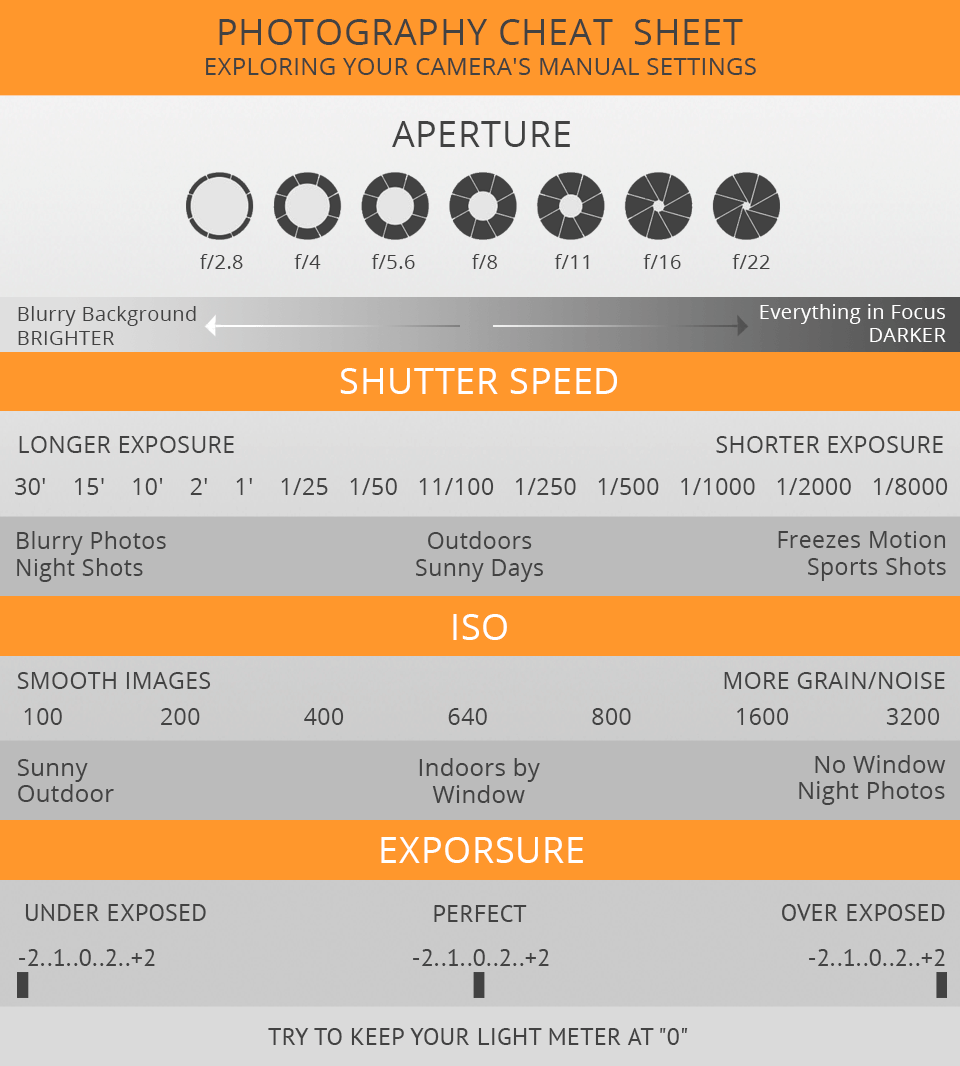The Value Of Lights In Photography And Exactly How To Master It
The Value Of Lights In Photography And Exactly How To Master It
Blog Article
Authored By-Staal McNulty
When you pick up your camera, you might not recognize how crucial illumination remains in forming your photos. It can transform an ordinary scene into something extraordinary, affecting not simply the clarity however additionally the state of mind of your photos. Understanding the details of light-- its direction, high quality, and color-- can elevate your work to brand-new elevations. However how do you master these components effectively? Checking out different illumination techniques and explore different setups could be the key to unlocking your complete potential as a photographer. Let's explore what makes light not just required, however crucial.
The Role of Light in Photography
Light's influence on digital photography can't be overstated; it forms the mood, highlights details, and produces deepness in your photos. When you grab your video camera, consider just how light interacts with your subject. The direction and quality of light can either improve or lessen the components you want to catch.
As an example, soft, diffused light can produce a dreamy ambience, while extreme, straight light can produce stark contrasts and sharp darkness.
As you experiment, see just how various times of day affect your shots. Early morning and late afternoon frequently provide the most flattering light, called the "gold hour." This cozy light can produce sensational effects that draw customers in.
On the other hand, capturing at noon can lead to uncomplimentary shadows, so keep that in mind.
Furthermore, take into consideration the shade of light. Natural light varies throughout the day, and artificial source of lights can present different colors to your scenes.
Changing your white balance can assist you attain the preferred effect. Inevitably, recognizing the function of light will certainly change your photography, allowing you to tell stories and evoke feelings with every image you capture.
Types of Lighting Techniques
Usually, professional photographers depend on various illumination strategies to attain their desired results and boost their images. Understanding these strategies enables you to control light creatively, making a considerable distinction in your digital photography.
One preferred technique is all-natural illumination, where you utilize sunshine to brighten your topic. This method can develop soft, beautiful shadows and highlights, specifically throughout the gold hour-- shortly after daybreak or prior to sundown.
An additional method is using artificial lighting, that includes studio lights, speedlights, or LED panels. You can manage the intensity and instructions of the light, permitting extra precise outcomes.
Backlighting is an additional reliable technique; putting the light source behind your topic can develop a striking silhouette or highlight edges, adding deepness to your images.
You could additionally discover high-key and subtle illumination styles. High-key lights produces bright, evenly lit pictures with marginal darkness, while subtle lights emphasizes contrast and dramatization with deep shadows.
Each strategy has its strengths, and experimenting with them will certainly help you find your distinct design.
Tips for Mastering Lights
Grasping illumination can genuinely transform your digital photography, so it's necessary to obtain a grasp on some sensible ideas.
Initially, constantly take note of the direction of light. Light originating from the side can create depth, while front illumination has a tendency to squash your subject. Explore backlighting for remarkable shapes or to highlight textures.
Next, take into consideration the quality of light. Soft, diffused light is typically extra flattering, specifically for portraits. You can attain this by capturing throughout gold hour or using reflectors and diffusers to soften rough sunlight.
Do not take too lightly the power of darkness! They can add intrigue and measurement to your photos. http://kasey6sean.xtgem.com/__xt_blog/__xtblog_entry/__xtblog_entry/37562911-necessary-digital-photography-gear-what-you-truly-need-to-get-going?__xtblog_block_id=1#xt_blog placing your topic in such a way that permits darkness to enhance the composition.
Also, readjust your camera setups accordingly. Make use of a broader aperture for even more light in reduced conditions, but bear in mind deepness of area.
Ultimately, technique makes best. Take https://www.theguardian.com/world/gallery/2020/jan/24/billions-of-locusts-swarm-through-kenya-in-pictures out in numerous lights conditions and experiment. The more you play with light, the better you'll recognize how to use it to your benefit.
Master these pointers, and you'll elevate your digital photography to new elevations!
Final thought
Understanding illumination is necessary for elevating your digital photography. By understanding exactly how light affects your pictures, you can create stunning compositions that convey state of mind and depth. Trying out different methods and conditions, and do not shy away from making use of tools like reflectors and diffusers to enhance your shots. With https://blogfreely.net/lexie3robert/just-how-to-choose-the-right-camera-for-your-photography-needs and a readiness to find out, you'll find that controling light ends up being acquired behavior, allowing your creative thinking to radiate through in every photograph you take.
